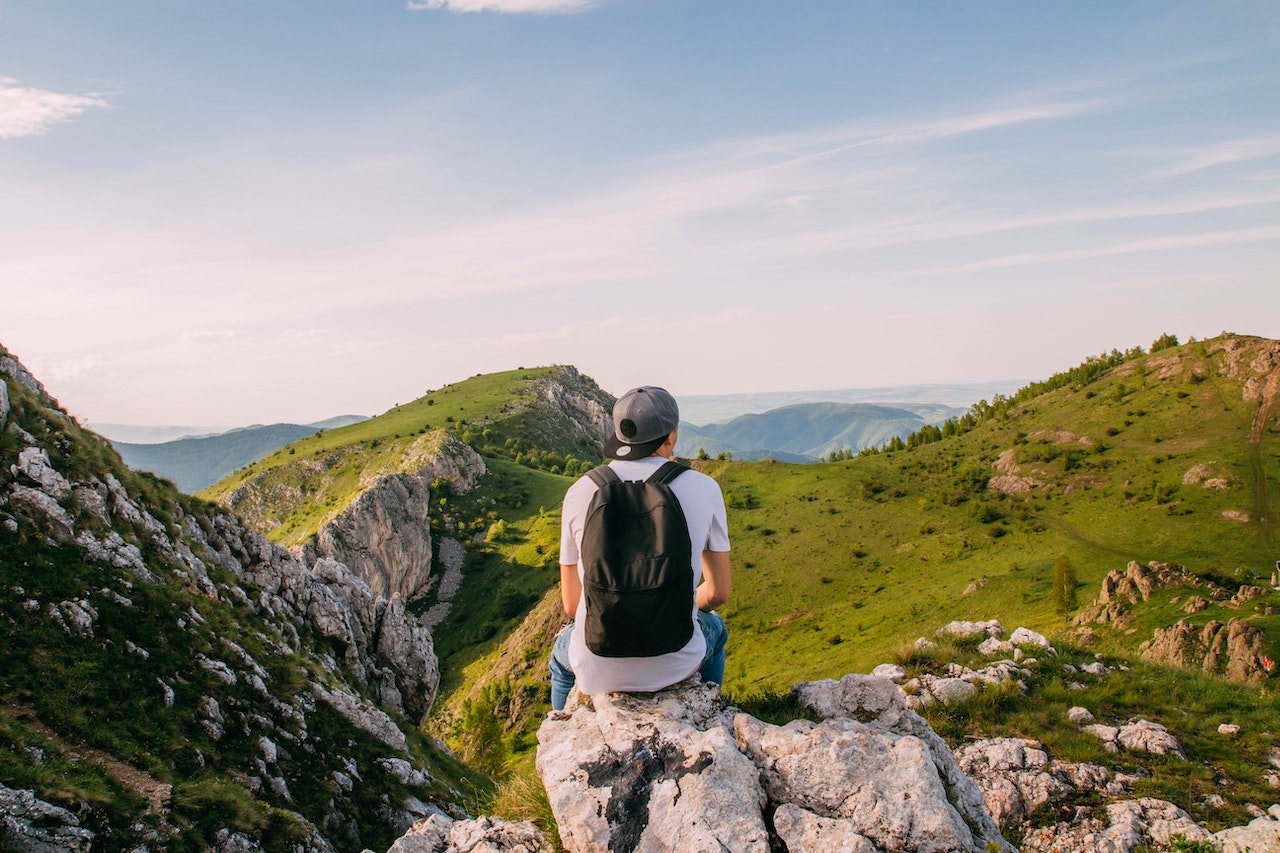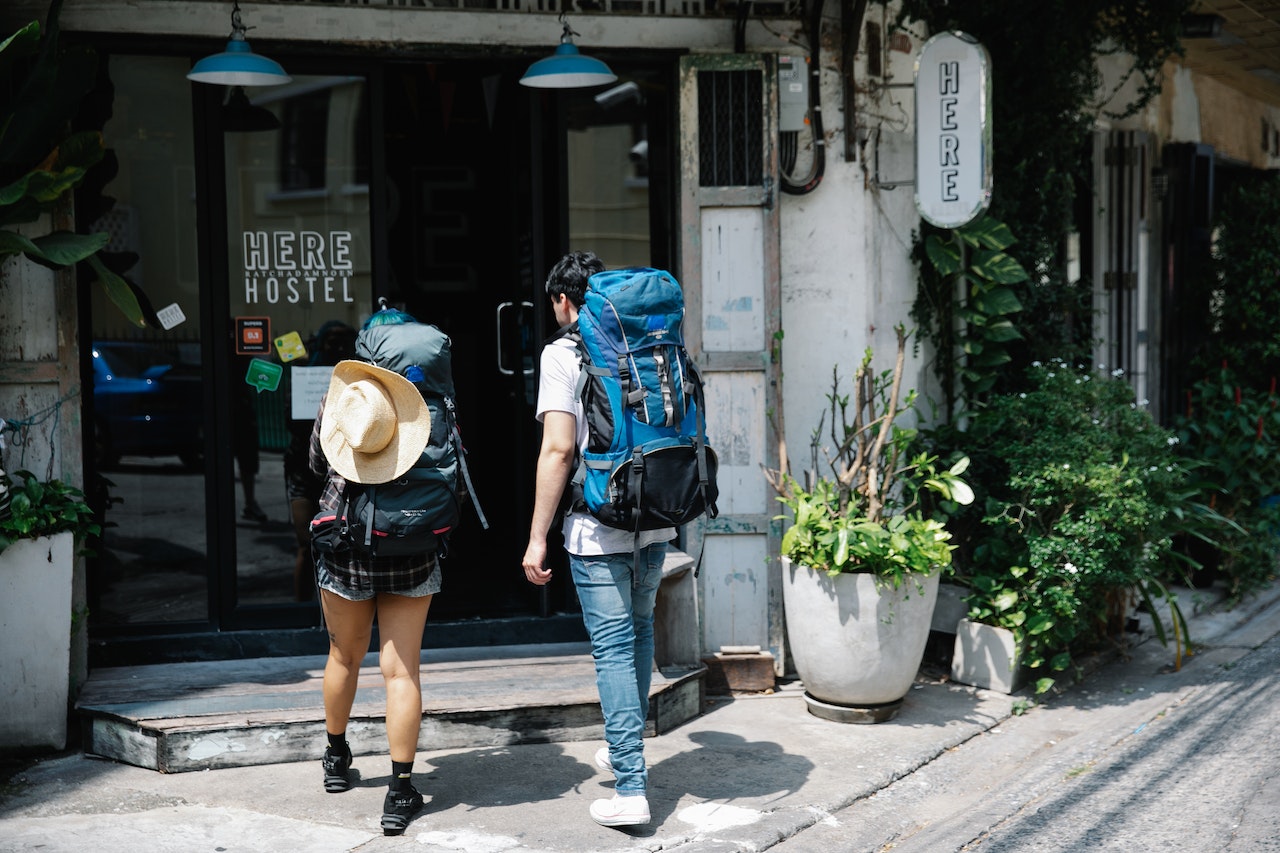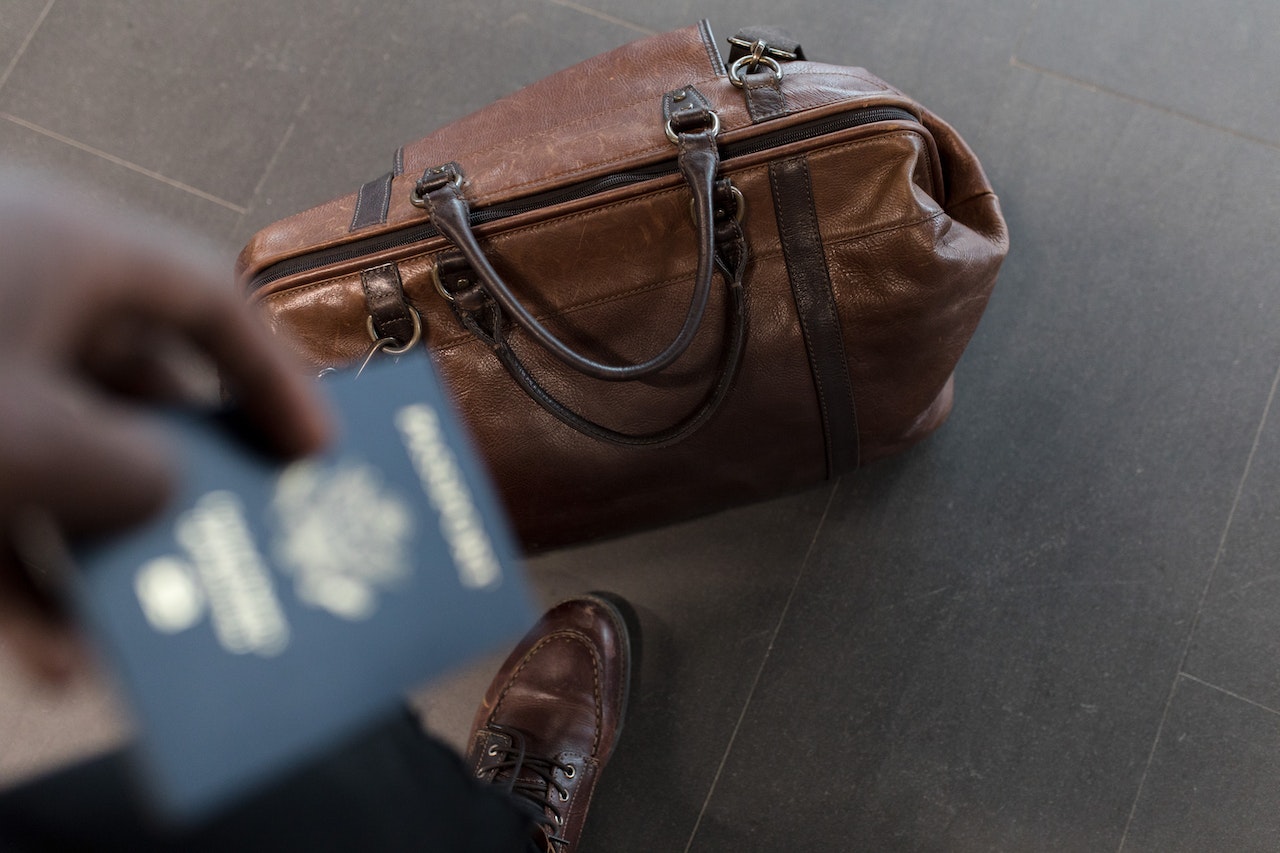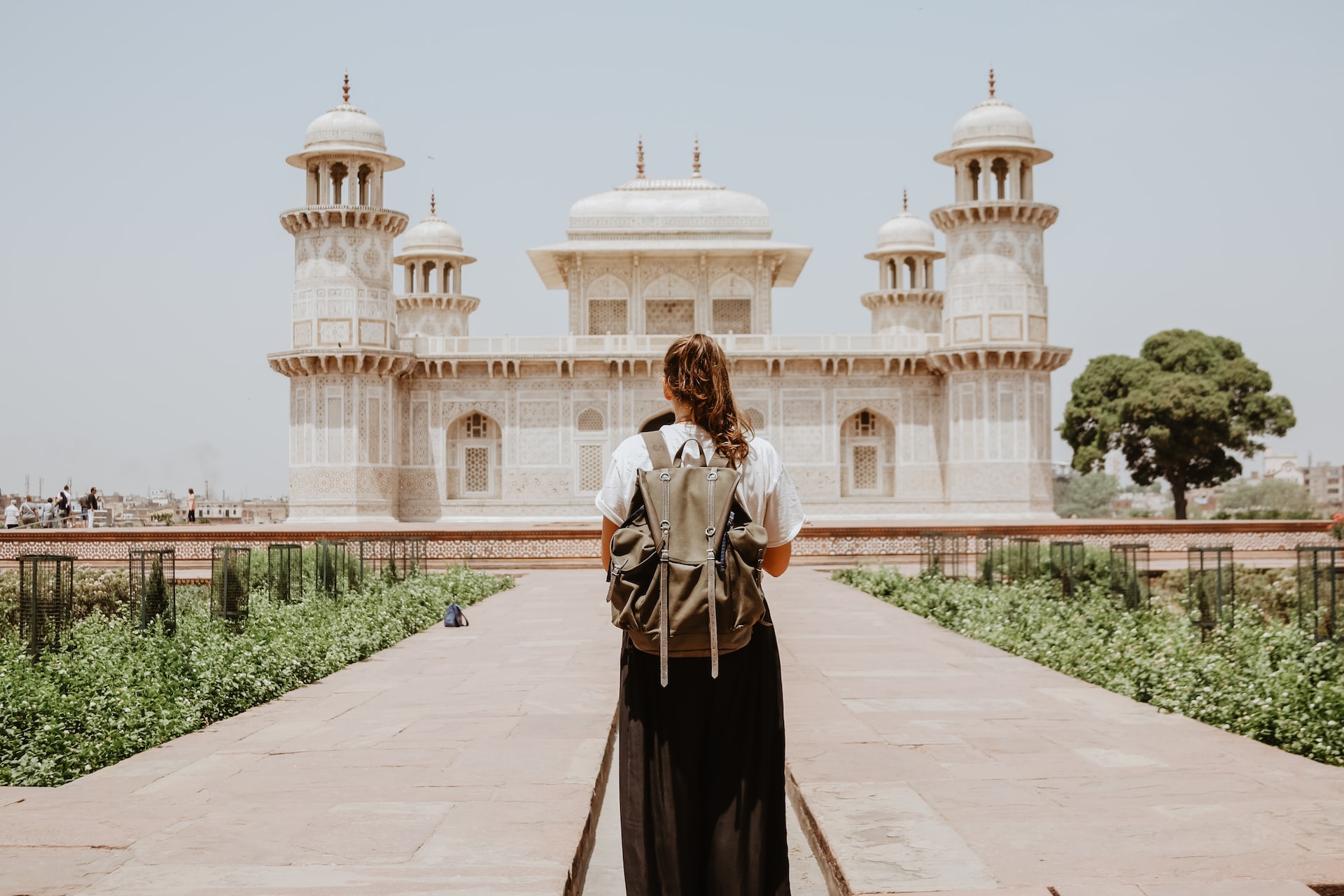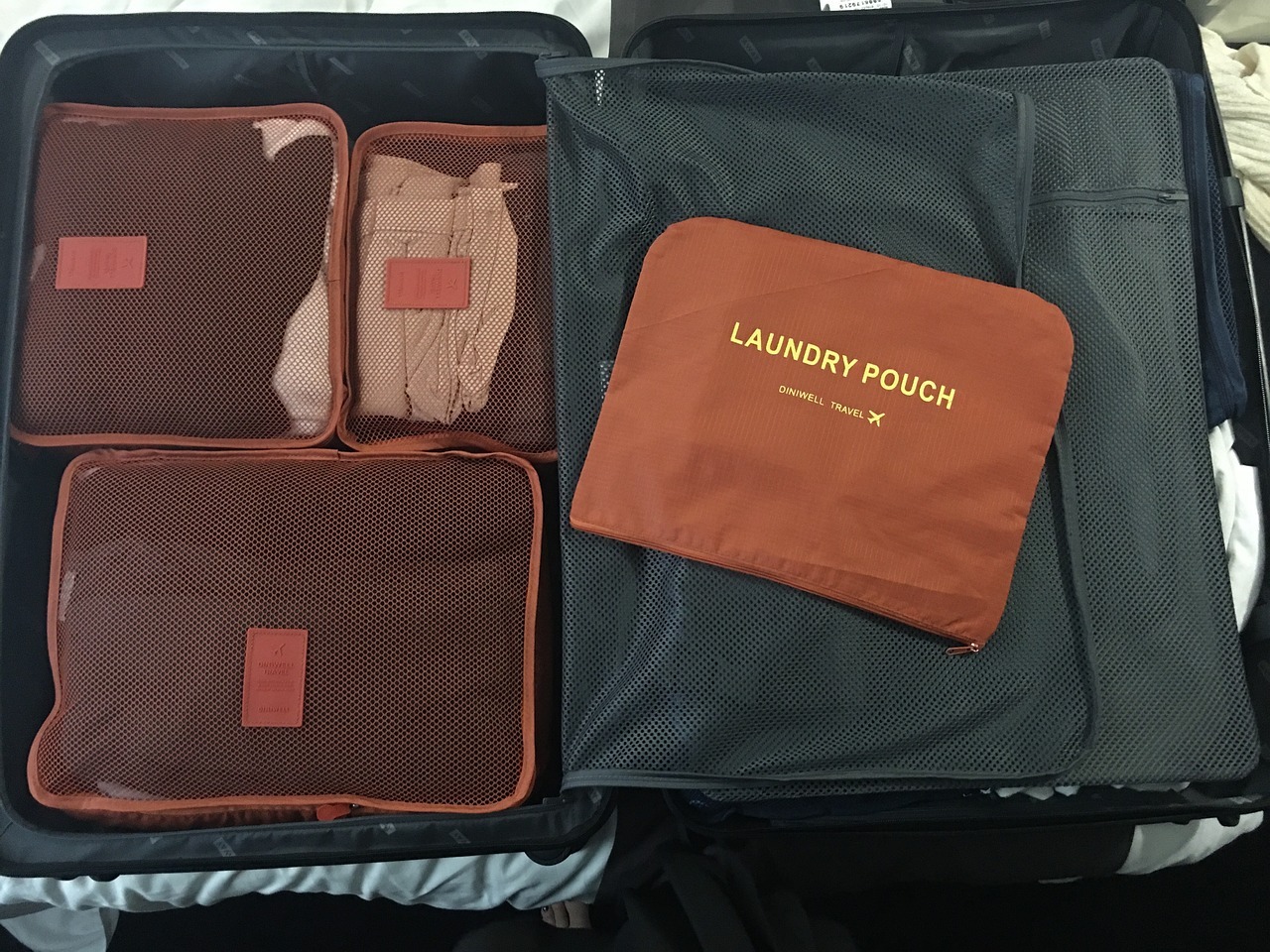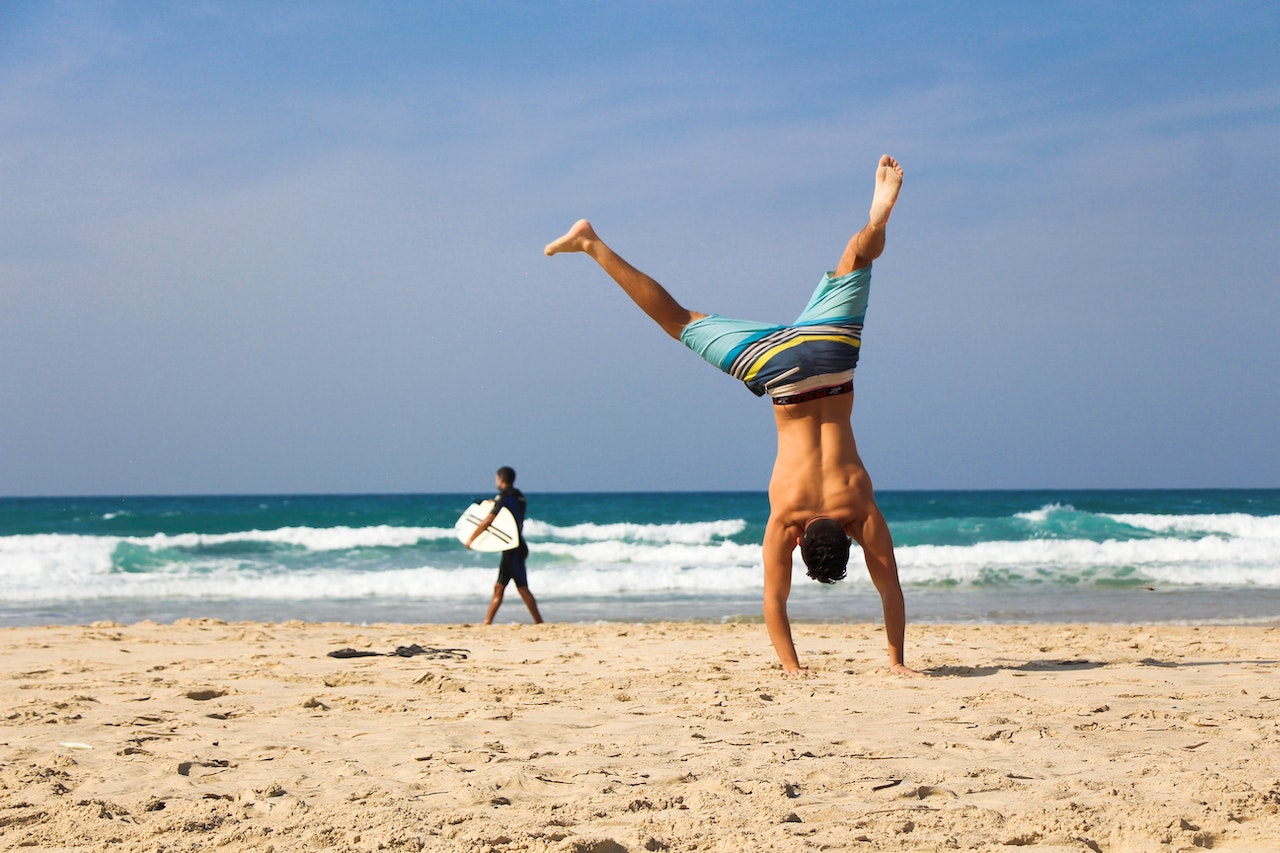Minimalism is a movement revolving around simplifying life, avoiding the unnecessary, and thriving with less around you. It embraces the concept of “less is more,” as eschewing the extra stuff entails gaining freedom from guilt, overwhelm, and worries. Thus, allowing you also to free up your time and focus on the things that genuinely matter in your life.
Though the core principle is often associated with having a minimalist home or keeping your workspace clutter-free, minimalism is also an empowering way to explore the world. Chances are you’ve experienced packing and lugging around too much stuff, immensely slowing you down and making your trip less comfortable and enjoyable – making you wish you could have packed smarter.
The problem is it isn’t always easy to do efficient minimalist packing and ensure you cover all the bases. With that, we’ve got the best tips and tricks that can help you adopt a minimalist attitude when packing your things. Take note that minimalism isn’t about sacrificing comfort but rather making the most out of your luggage space. Let’s get started!
Why Embrace Minimalist Packing and Traveling?
There are a lot of reasons for packing and traveling minimally, which include:
1. Less Means Spending Less
Having more stuff on your travels can be expensive. First, think of all the money you spent on buying all the things that you think you actually “need.” Next, you also need to shell out a considerable amount of money on your large bags and suitcases to carry all the items. Not to mention the additional baggage fees of around $25-$50 you will incur for each flight and the cost of replacing and repairing any stuff that’s broken, worn out, or lost. Rather than spending money on purchasing, traveling, and other extra expenses, use it for experiences. That’s the true purpose of traveling. You’d be surprised how it can bring you more happiness than material possessions.
2. Less Means Being Lighter
Bringing a heavy pack can weigh you down and cause back pain, neck pain, shoulder pain, and even injuries. Imagine how arduous it can be lugging around a hefty suitcase or carrying an 80L backpack. The lighter you pack, the less stress and pain you’ll cause to your body. Pack and travel with a reasonable amount of supplies and see how it can make you feel comfortable and free. Plus, you get to skip the visit to your chiropractor.
3. Less Means Moving Easier and Quicker
Packing and traveling minimally allow you to embark on any activity at a moment’s choice. That won’t be the case if you’re carrying a backpack, a suitcase, and other accessories altogether. If you have everything in a small bag instead, you can travel easier and quicker, giving you the full capacity to do what you’re set to do – that’s to explore and relish all the world has to offer and not carry it on your back.
4. Less Means Having More Time
Minimalist packing when traveling also saves you a lot of time. There’s less time you need to spend on packing and unpacking and waiting at the airport’s conveyor belt to pick up your check-in luggage. As you travel lighter, you also feel less tired and move easier and quicker, giving you more time to make more memories!
5. Less Means Worrying Less
Having less stuff also means less stuff to worry about. No need to constantly look for and think about all your bags, suitcases, and other items and fret about them getting lost, damaged, or broken. You’ll spend less time and energy on your things, and, instead, use it to focus on having more meaningful experiences on your travels.
6. Less is Being More Sustainable
If you’ve traveled a lot, you might have probably noticed all the trash in some of the destinations you’ve been to, and its effect on the environment and its beauty. Take note that minimalist travel isn’t only for your own wallet, health, and enjoyment. Packing less can also do a lot for the environment and spark that much-needed change.
Tips for Minimalist Packing When Traveling
1. Make an itinerary
Though this tip may appear like a no-brainer, most people don’t actually make a very detailed itinerary prior to traveling – not knowing that doing so is an excellent choice for so many reasons.
They tell your family at home where exactly you are for a certain number of days and where to look for you should any emergency happen. Next, an itinerary also helps you save considerable time and money when it comes to booking accommodation, flights, and activities.
Moreover, an itinerary can also do wonders for you if you want to pack light. It serves as a guide for deciding what you should be keeping in or ditching out of your luggage. For instance, if your itinerary entails hiking different types of terrain, but you’ve confirmed that your accommodation is situated near a laundry service. You may think twice about carrying multiple sets of hiking clothes and rather just take one.
Knowing what activities you’re set to do for the entire trip makes it a whole lot easier to determine what you actually need, what you don’t, and where there’s a workaround.
2. Create a packing list
After finalizing your itinerary, it’s time to create a packing list. You may be thinking that it’s a tedious task, but a packing list can be your best friend. Taking a little time writing a list and comparing it to your itinerary will consume less time rather than doing it while packing.
Opting for the former enables you to think wisely when adding or narrowing down the things on your list. If you don’t make a list, you may end up taking everything out of your closet, only to realize you don’t need a lot of them, forcing you to refold and rehang them again.
After packing, you may also think of other things you don’t need or add new ones, so you’ll have to unpack and repack everything again, which can be a quick source of headache!
By listing and seeing all items, it’s more convenient to cull out all the unnecessary, too heavy, or too bulky, and just keep what you only need. If you’re not 100% sure of something, leave it. What’s great is that you can create a list on a piece of paper, Microsoft Word, Google Docs, or list apps, depending on your preference or what’s available to you.
3. Get a smaller bag
Packing minimally can be a difficult task if you have a large bag or suitcase, as you will most likely fill it up until you’ve covered all the available space. So, trick your mind by slimming down to a mere backpack or carry-on luggage.
That way, you can combat human psychology that tells you to make the most of the room you have in the bag. With a smaller bag, you’ll be smarter about what to pack and in filling its capacity, compelling you to take less.
However, don’t just randomly get a smaller bag. The best bag will offer a few features like plenty of pockets and organizing options, durable material, proper handle, versatility, and utmost comfort. After all, you’d be carrying your bag for most of your trip.
4. Choose versatile clothing
Another smart way to achieve effective minimalist packing when traveling is bringing versatile clothes or ones that you can style in multiple ways.
The more versatile your clothing choices are, the more useful they’ll be for your trip. That means that you can also reduce the amount you can take.
For example, basic t-shirts, a pair of blank pants, and a denim jacket are excellent pieces that you can easily dress up or down. You can also opt for simple or neutral colors like blacks, whites, and grays that allow you to easily mix and match clothing items, preventing you from feeling you’re wearing the same outfit over and over again.
If you don’t deliberately limit your styling options and decide to bring a different outfit for each day, you’ll most likely end up lugging a large, heavy suitcase – something that is in no way fun! Plus, you waste time deciding between wearing this-or-that.
Aside from versatility, here are other things to check when packing a piece of clothing:
- Is the material durable?
- Does it quickly dry?
- How thick and heavy is it, and will it eat up luggage space and add weight?
- Will it wrinkle inside your bag or carry-on luggage?
Be wary that you should also look for durable, quick-drying, lightweight, and wrinkle-free. And don’t be afraid to pack fewer clothes – just do laundry more frequently!
5. Wear your heavier, bulkiest clothes
Wear your heaviest, bulkiest clothes on the plane to save space in your bag or suitcase, and simply allot it to other essential items.
For example, if you’re traveling to a location with a cold climate that requires bulky coats, big hats, and heavy boots, which will easily consume all the room in your luggage, you better wear them on your body instead. That goes the same way if you intend to engage in a lot of hiking activities that require heavy-duty clothing and shoes.
An added bonus is that most planes keep cabin temperatures on the low end of the spectrum to decrease the risks of passengers fainting. If you get cold, you’ll be less likely to feel the chill as you have your jacket to keep you comfortably warm.
6. Never pack toiletries
While many travelers deem toiletries as essential items, often, it isn’t the case. Truth to be told, toiletries take up space in your bag that you could have used for other stuff. That’s even if you’ve opted for travel-sized items! In reality, your hotel or accommodation might have stocked them up in your room.
If not, you can always buy them at a local pharmacy or supermarket where you’re traveling. That will save up room and prevent your bag or luggage from going over the limit, given any liquid item stored in a bottle is generally a space-waster and hefty to bring. If you really must take toiletries (like your favorite shampoo or body wash), transfer them in a zip lock bag to save space as much as possible.
7. Leave your towels at home
Like with toiletries, towels also take up a lot of space in your limited luggage space. They’re also thick, and heavy when wet, so it’s a better idea not to take them with you. Nearly all hostels, motels, and hotels provide towels for free, for purchase, or for rent. In case the accommodation you’re staying at doesn’t, you can simply buy a cheap microfiber travel towel at your destination. Though they don’t seem very absorbent, they are ultra-absorbent and quick-drying, making them ready for repeated uses in very short periods of time.
8. Limit the number of shoes you’ll bring
Shoes are one of the primary items that contribute to both space and weight inside your luggage. Thus, making it an area requiring you to be extra smart about.
Generally, having two pairs of shoes will already suffice. One pair should you’re comfortable walking shoes, while the other pair is something more casual that can either be dressed up or down. If you’re on a longer trip, you can add a fancier pair for attending elegant occasions at night.
Alternatively, you can go for multi-functional footwear. Some shoes can be converted into slides, mules, sandals, or sneakers, allowing a pair to serve specific purposes. Just determine your needs so you can strategically pick which shoes are right for you.
9. Use packing cubes
While having a bag inside another bag may appear repetitive, you’d be grateful how packing cubes can make the task easier, especially if you’re traveling minimally. These ingenious storage and organizing tools allow you to compartmentalize your items for easier access and better protection. They serve as small cabinets that you can use to separate your shirts, underwear, socks, documents, etc., while also helping you maximize the space your luggage has. Some packing cubes can also compress clothes and other lofty stuff down to half their original size, giving you even more space to work with.
10. Cut down on electronics
In today’s digital world, it’s easy to fall into the temptation of bringing your laptop, two smartphones, an iPad, charging cables, a DSLR camera, spare batteries, and a Kindle. Yet, this can quickly add up, become too heavy, and make it inconvenient to move around.
If you’re an average person who travels mostly for enjoyment, a smartphone is often all you need. It’s a small piece of technology that can do nearly everything you need for traveling.
For instance, you can already leave the hefty cameras and lenses as there have been massive technological advancements in the realm of smartphone cameras, allowing you to snap high-quality, vibrant photos. Travel guidebooks, language dictionaries, and other reading materials also don’t need to be in your bag, as there’s most likely an app to do its job.
Aside from convenience, the biggest benefit of leaving some of your electronics is that you’re assured that they’re waiting for you when you return. So, unless you extremely need your laptop, tablet, cameras, and other technologies for work reasons, you’re better off leaving them at home.
11. Lose the snacks
Bringing snacks can be heavy and take up a lot of space in your bag. So, whenever you’re packing, try to go light or lose them completely to regain room in your pack and avoid any unwanted customs issues at the airport. A granola bar or two is usually enough if you often get hungry in the middle of your trips. But for chips, cookies, sodas, etc., allocate the space for other more important stuff.
Moreover, rather than buying snacks from your local store, visit street markets, supermarkets, convenience stores, restaurants, and cafes, and eat local snacks and cuisines. Not only will it help you save on space, but you can have a full traveling experience and make your adventure more memorable.
12. Downsize your to-do list
A common mistake that travelers make is trying to squeeze a million different activities into a single trip. Be mindful that you don’t need to do and see them all in one go. Another important lesson that minimalism wants to impart is being able to determine what’s truly important to you, focus on experiences, and make the best memories.
Instead of packing your schedule with a long list of activities, which, in turn, requires you to pack a lot of stuff, choose what key experience you really want to get and relish them. Downsizing your to-do list gives you more time to spend on a location and to appreciate everything it has to offer. That’s more fun than seeing a landmark for only 15 minutes because you need to rush to see the beach.
13. Learn minimalist folding hacks
When going for minimalist packing, it’s also vital to use every single inch in your bag. As such, it’s a great idea to learn some minimalist folding hacks that can help you maximize the space. For example, rather than laying items flat in your bag, place them vertically on their side.
Alternatively, you can also do “ranger rolling” for your clothes. It’s a military folding technique that has become so popular because it’s practical and effective in saving space and reducing wrinkles. You can do this by simply folding your clothes into thirds and tightly rolling them from bottom to top. You can also bundle small and large items (like a tee and sweater) prior to rolling to save even more space.
14. Do a final packing audit before you go
After doing all the above mentioned steps, there is still a slight possibility that something unnecessary has found its way to your bag. So, before ultimately packing your items, lay all your stuff on your bed, on the floor, or in any clean, wide space where you can see everything you’re about to pack. Then, do a final audit. Remove anything that is too heavy, or too bulky and look for other lighter options. If there seems to be some mismatch with your clothing, make some adjustments and replace what must be replaced. Rethink if you really need an item and try to do another cull. That way, you will only have the true essentials before zipping that bag and setting on to your adventure.
15. Minimize souvenirs
So, you’ve spent a lot of time and effort packing minimally for travel, only to waste everything by buying bags of souvenirs at your destination. That’s a big no-no! You have to ensure that your luggage remains light on your return by minimizing souvenirs.
So, why minimize them instead of completely opting out of purchasing them? Well, certain locations have truly thoughtful mementos that you buy and give as gifts to your family or friends or keep as a physical commemoration of your trip. There’s nothing wrong with that but see to it that you only buy small, portable items like patches, jewelry, ornaments, and magnets, not those large and heavy souvenirs.
If you can, choose to buy locally, ethically, and sustainably made pieces to support the local neighborhood and veer away from cheap, easy-to-break mass-manufactured souvenirs. If you have to buy a lot, you can visit the local post office and have your box of souvenirs shipped back home instead of carrying them with you.
Also, set a budget allowance for souvenirs before going on your trip, so you’re less likely to go overboard when buying items. Nevertheless, it’s still best to invest in experiences as these keepsakes usually only end up getting stashed in the drawer or bookshelf. What you can do instead is use the money for other activities like visiting an art gallery, seeing the local zoo, or zip-lining through the rainforest. At the end of the day, memories are still the best souvenirs!
Takeaway
For some, minimalist packing when traveling is easy. But for most travelers, it’s far easier to go on the excess side when packing for a trip. If you’re one of the latter, make sure to follow the tips above and think smart. Through that, you can enjoy all the benefits of minimalism and prove why “less is more” on your travels. Stay safe and have fun!

